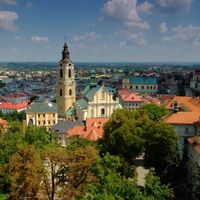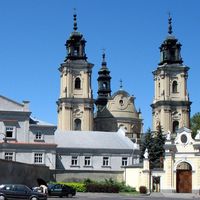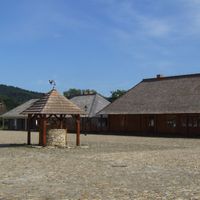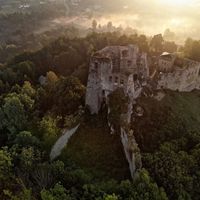Przemyska Archdiocese
7.51
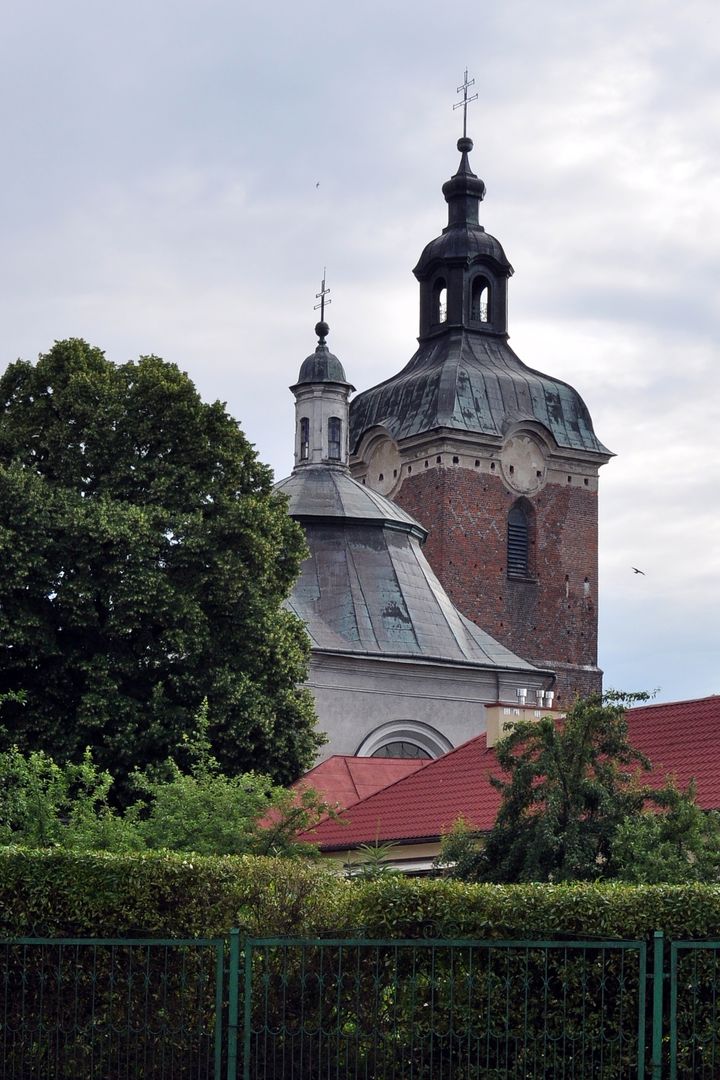
Overview
The Archdiocese of Przemyśl of the Latin Rite, established around 1340, has a rich history dating back to the 10th century when Przemyśl was part of the Diocese of Prague. In the 12th and 13th centuries, due to the migration of Catholics, the number of followers of Western Christianity grew, and after the establishment of the Przemyśl bishopric, there was a development of churches and monasteries, primarily Franciscan and Dominican. In the 14th century, Bishop Eryk of Winsen significantly strengthened the structure of the diocese, enabling it to maintain 40 churches. Over the centuries, the archdiocese faced various challenges, such as the Reformation, which reduced the number of parishes, and border changes following the partitions of Poland. In the 18th century, the number of parishes increased to 181. In the 20th century, before World War II, the archdiocese encompassed over a million Catholics. After the war, it lost part of its territory but gained metropolitan status in 1992 when Pope John Paul II established it as a metropolis for three dioceses. The archdiocese is home to many significant cultural institutions, such as the Archdiocesan Catholic Wholesale, the Archdiocesan Archives, and the St. Józef Sebastian Pelczar Archdiocesan Museum. An essential element of the archdiocese is also the cathedral in Przemyśl, known as the Archcathedral Basilica of the Assumption of the Blessed Virgin Mary and St. John the Baptist, representing rich traditions of sacred architecture. The archdiocese has strong traditions of saint veneration, including patrons such as the Blessed Virgin Mary Queen of Poland, St. John of Dukla, and Blessed Jan Balicki. Traditions related to the veneration of saints and those characteristic of the region demonstrate the deep spiritual and cultural roots of this part of Poland. Additionally, the archdiocese features numerous basilicas, such as the proto-basilica in Stara Wieś and the basilica in Leżajsk, testifying to its rich history and sacred architecture. Thus, the Archdiocese of Przemyśl is not only a significant religious center but also a place of rich culture and history, forming an important part of Poland's heritage.
Location
Country
2025 Wizytor | All Rights Reserved




